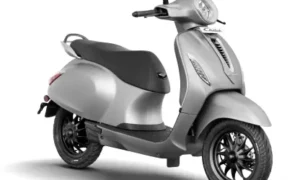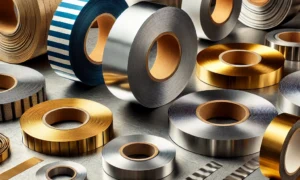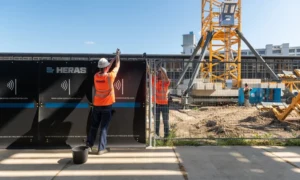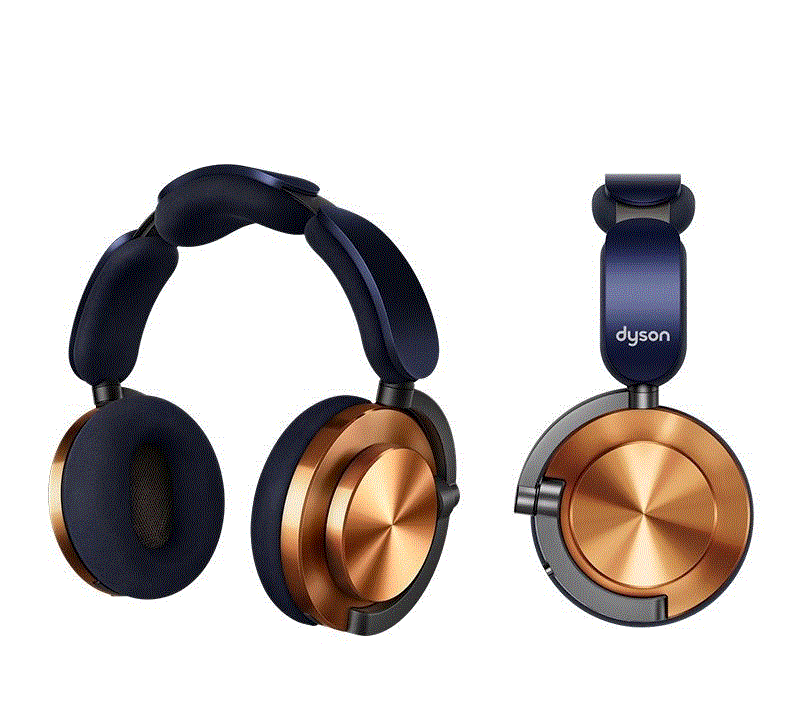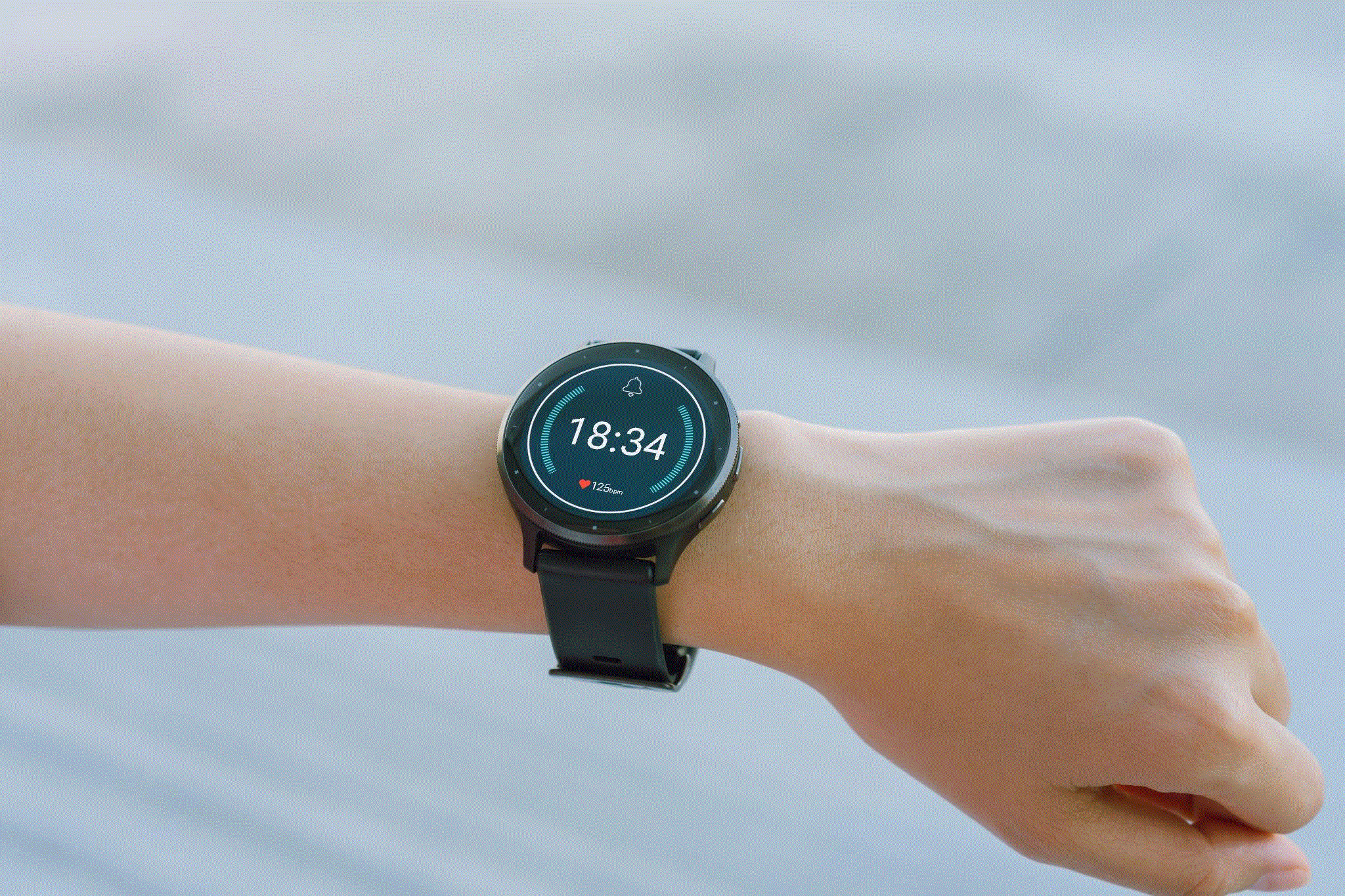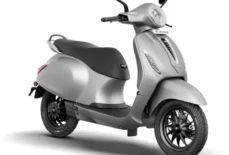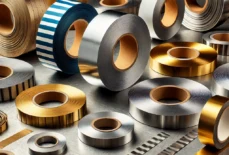Aluminium extrusion is a versatile manufacturing process that has revolutionized the manufacturing industry in the last few decades. Extrusion involves pushing or pulling a billet of aluminum through a die to create a specific shape or profile. This process is used to create a wide range of products, from simple aluminum tubes to complex structural shapes. In this article, we will explore the basics of aluminium extrusion, its advantages, common applications, design considerations, and more.
The Process of Aluminium Extrusion
The process of aluminium extrusion involves several stages. Firstly, the aluminum billet is heated to a specific temperature to make it more malleable. The billet is then loaded into the extrusion press, which has a specially designed die. The die is a metal plate with a specific shape or profile cut into it.
The press applies pressure to the billet, pushing it through the die, which gives the aluminum its shape. The extruded aluminum is then cooled, straightened, and cut to the required length. After that, it may undergo additional processing such as surface finishing, machining, or assembly.
Advantages of Using Aluminium Extrusions in Manufacturing
Aluminum extrusions offer several advantages in manufacturing. Firstly, they are lightweight and have a high strength-to-weight ratio, making them ideal for applications where weight is a critical factor. Secondly, they are corrosion-resistant, which makes them suitable for use in harsh environments. Thirdly, they are highly durable and require minimal maintenance. Finally, aluminum extrusions are highly customizable, allowing manufacturers to create complex shapes and profiles that meet their specific requirements.
Common Applications of Aluminium Extrusions
Aluminum extrusions are used in a wide range of industries, including construction, automotive, aerospace, electronics, and more. Some common applications of aluminum extrusions include:
- Window frames and doors: Aluminum extrusions are used to create lightweight and durable window frames and doors.
- Structural components: Extruded aluminum is used to create structural components such as beams, tubes, and channels, which are used in construction and other industries.
- Heat sinks: Extruded aluminum is used to create heat sinks, which are used to dissipate heat in electronics and other applications.
- Automotive components: Extruded aluminum is used to create automotive components such as engine blocks, wheels, and body panels.
Design Considerations for Custom Aluminium Extrusions
When designing custom aluminum extrusions, there are several factors to consider. Firstly, the shape and size of the die will affect the final shape and dimensions of the extruded aluminum. Secondly, the choice of alloy and temper will affect the strength, corrosion resistance, and other properties of the aluminum. Thirdly, the surface finish will affect the appearance and durability of the final product.
Choosing an Aluminium Extrusion Manufacturer
When choosing an aluminum extrusion manufacturer, there are several factors to consider. Firstly, you should look for a manufacturer with experience in your specific industry or application. Secondly, you should consider the manufacturer’s capabilities, such as the size of their press, the range of alloys they work with, and their ability to provide custom extrusions. Thirdly, you should consider their quality control processes, such as their inspection procedures and certifications.
Conclusion
Aluminum extrusion is a versatile manufacturing process that offers several advantages in terms of strength, durability, customization, and cost-effectiveness. By understanding the process of aluminum extrusion, its advantages, common applications, and design considerations, manufacturers can create high-quality extrusions that meet their specific requirements. When choosing an aluminum extrusion manufacturer, it is important to consider their experience, capabilities, and quality control processes to ensure that you get the best possible product.
Also read: Use of Aluminium in Medical field


